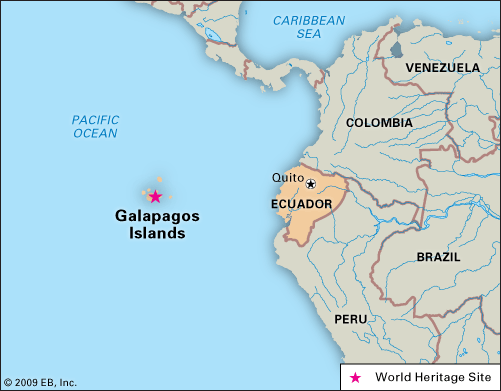Free Courses Sale ends Soon, Get It Now


Free Courses Sale ends Soon, Get It Now




Disclaimer: Copyright infringement not intended.
Context
Galapagos Islands to Double Entry Fees.
Details
Galápagos Islands:
Biodiversity of the Island:
Climate:
Balancing Tourism and Conservation:
|
PRACTICE QUESTION Galápagos Islands are part of which of the following country?
Answer D |
© 2024 iasgyan. All right reserved